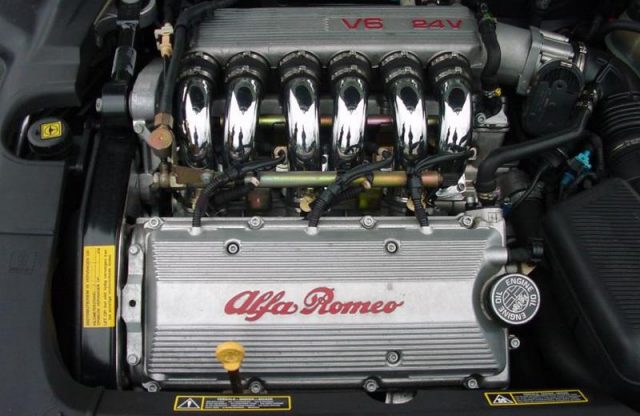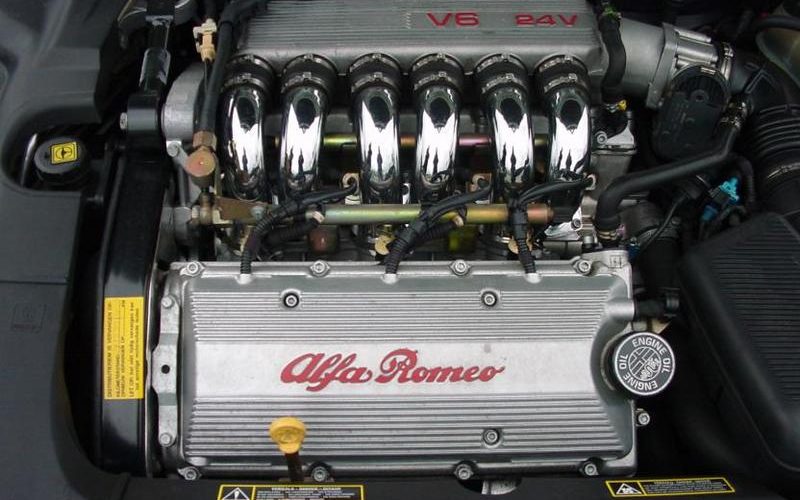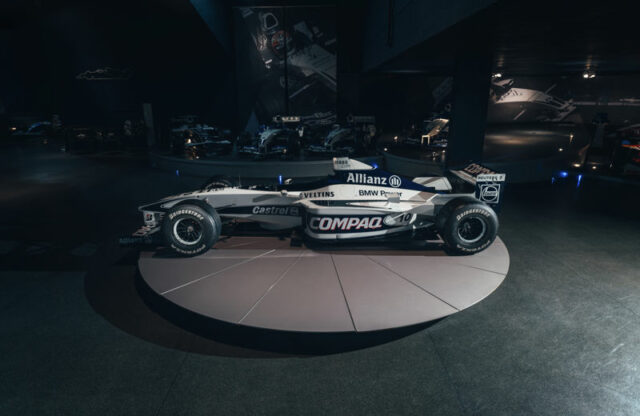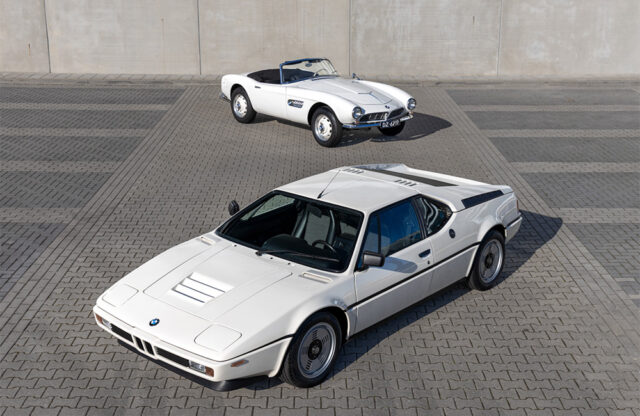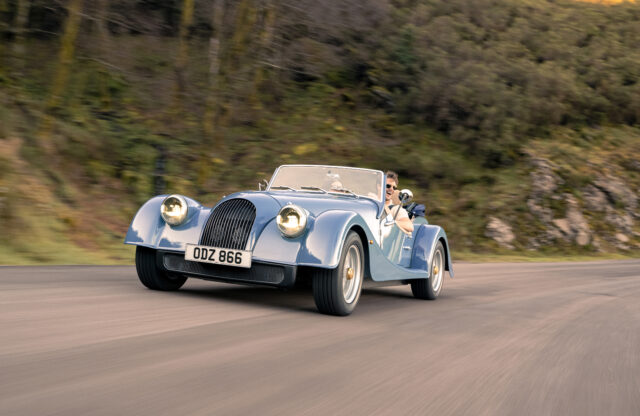WORDS: ELLIOTT HUGHES
Enthusiasts around the world are lamenting Stellantis’ recent announcement of its Dare 2030 strategy. The crux of the revelation is that Alfa Romeo and Maserati combustion engines will be consigned to the history books by 2025 in the name of carbon neutrality.
Sadly, progress has little time for sentimentality, so Magneto thought we should do our part by payingour respects to some of the greatest engines ever to emerge from Italy.
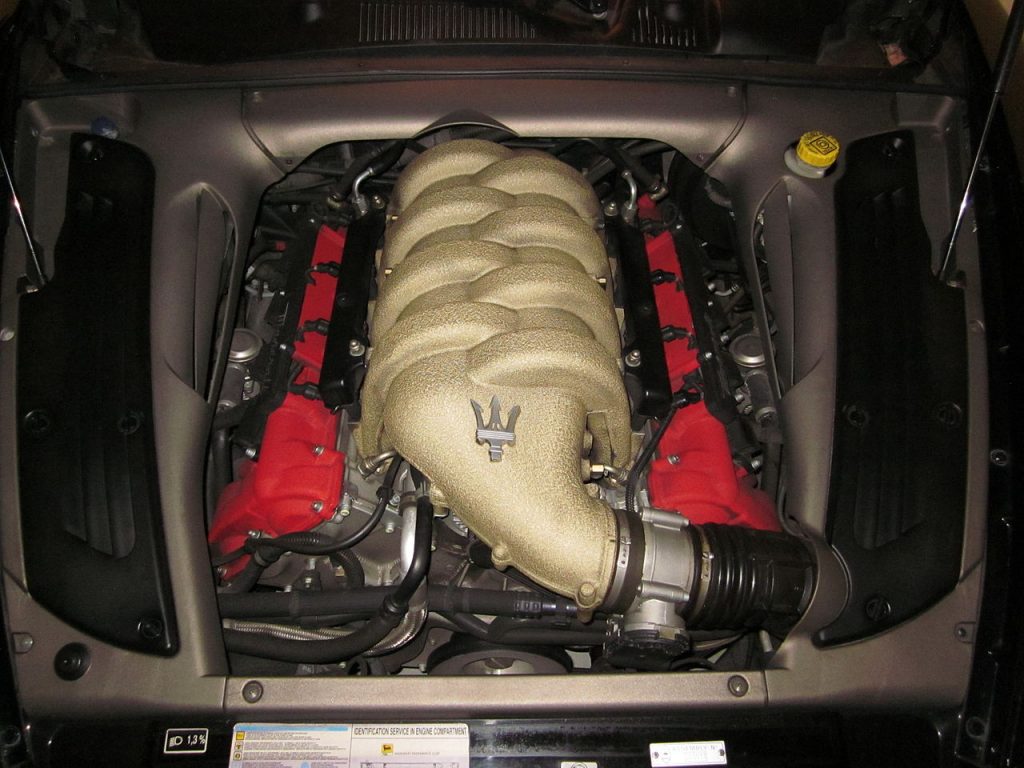
1. Ferrari F136 V8
Also known as the Ferrari-Maserati engine, the F136 made its first appearance under the bonnet of the 2001 Maserati Coupé. The engine would debut for the Prancing Horse in the F430 in 2004, but it also appeared in the Alfa Romeo 8C, Maserati Quattroporte, Ferrari California and Maserati Gran Turismo, among many others.
The engine reached its zenith with the sensational Ferrari 458 Speciale, producing 597bhp from 4.5 litres with a spine-tingling 9000rpm red-line. Developed from the Scuderia’s Formula 1 know-how, the F136 was produced in the same factory as the marque’s Grand Prix engines and was used in myriad racing cars including GT3, GT2, A1GP and Ferrari Challenge machines.
Tightening environmental legislation signalled the death knell of this great engine after winning eight International Engine of the Year awards over its 18-year production span. It’s poetic that the 2019 Maserati GranCabrio was the final model to receive the F136, just as the Maserati Coupé had been the first.
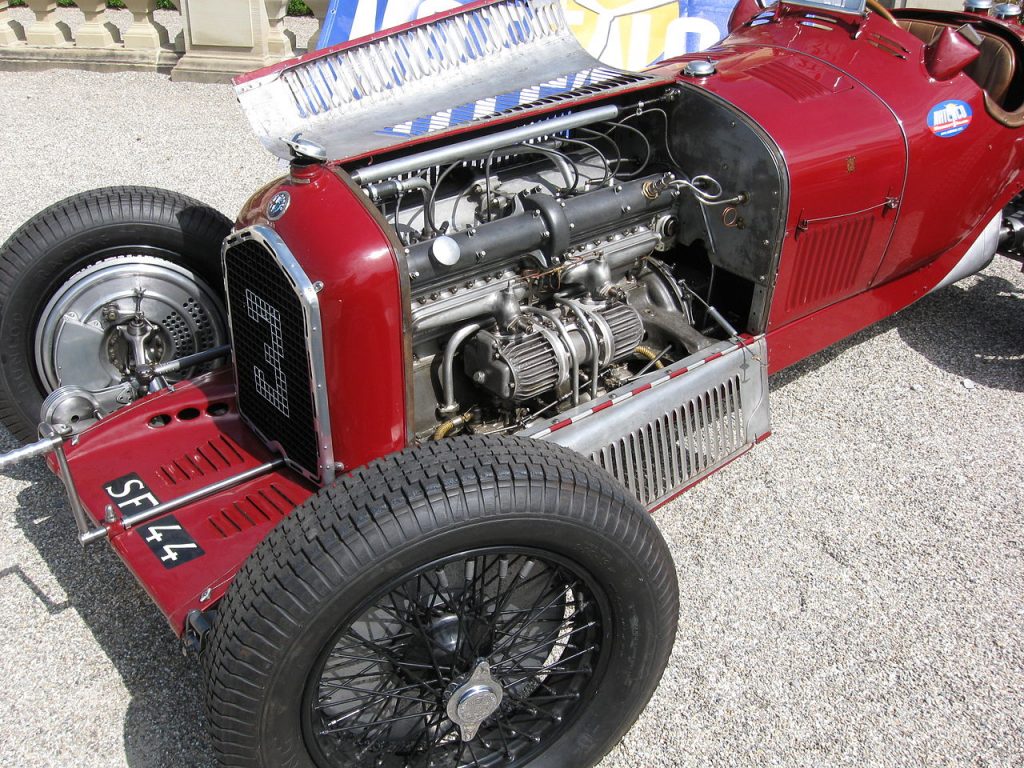
2. Alfa Romeo Straight-Eight
This dual-block eight-cylinder engine was the calling card of legendary Alfa Romeo engineer Vittorio Jano, who developed a series of engines for the marque in four-, six- and eight-cylinder guises.
The Straight-Eight first appeared in the 1931 Alfa Romeo 8C 2300. It was on the cutting edge of automotive engineering at the time, featuring lightweight alloy cylinder heads, a lobe-rotor supercharger, distributor ignition and forced lubrication.
Jano’s engine went on to enjoy prolific success in motor sport, taking victories in the Targa Florio and Italian Grand Prix, as well as two successive victories in the 1932 and 1933 Mille Miglias. But the Straight-Eight’s crowning achievement arrived when Alfa Romeo dethroned Bentley at Le Mans with four consecutive wins from 1931 to 1934. The engine retired from motor sport in 1939.
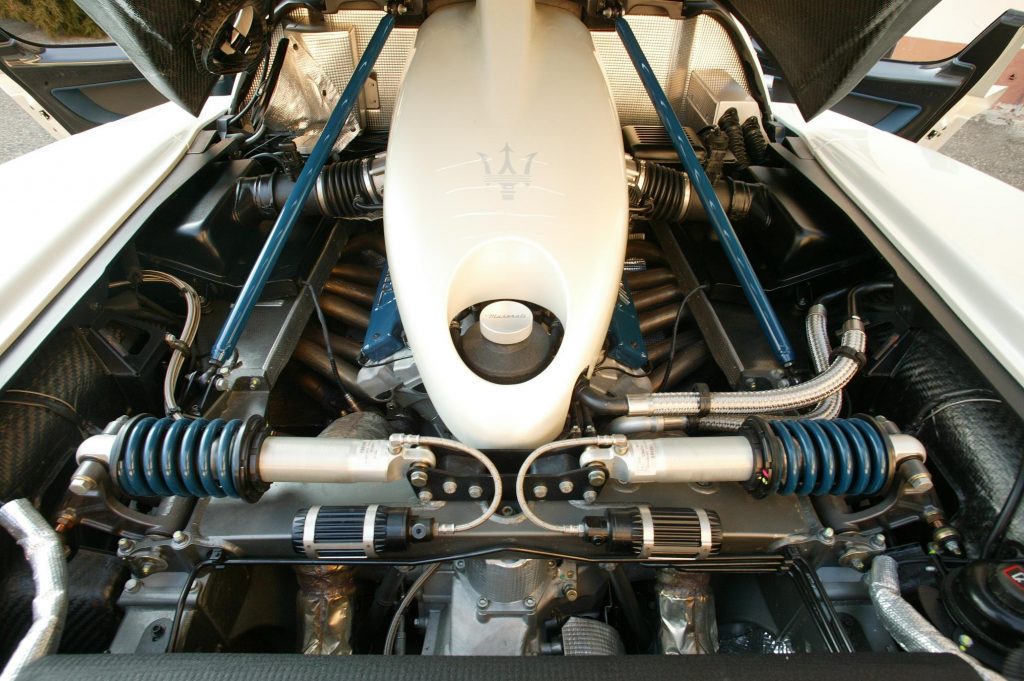
3. Ferrari F140 V12
The Ferrari-developed naturally aspirated F140 V12 started life in the engine bay of the 2002 Enzo hypercar with 650bhp – an incredible figure for the time. In 2004, Maserati developed the MC12 race car from the Enzo chassis and powertrain to compete in the FIA GT Championship. FIA regulations required Maserati to produce 25 homologation cars to be eligible, which led to the production of 50 MC12 road cars between 2004 and 2005. The F140-equppied MC12 went on to win the FIA GT Manufacturer’s Cup in 2005 and 2007.
Despite achieving such motor sport successes with Maserati, the F140’s Ferrari road-car legacy is what has earned it the most adulation. The F140’s sonorous engine note and incredible power output have been a feature of every V12 Ferrari since the Enzo, from the 599GTB of 2005 to the current Daytona SP3.

4. Alfa Romeo Twin-Cam inline-four
In many ways, the Alfa Romeo Twin-Cam is the blueprint for four-cylinder, double-overhead-cam engines found in a diverse range of modern cars. Designed by Giuseppe Busso, the advanced Twin-Cam made its first appearance under the voluptuous bodywork of the 1954 Giulietta in 1.3-litre form. An all-alloy, twin-overhead-cam engine with hemispherical combustion chambers was almost unheard of in a production car at the time.
Alfa Romeo’s foresightedness meant that the Twin-Cam enjoyed a long 40-year production run, making its last appearance in the 1994 155 saloon. It appeared in some of the marque’s most revered models in that time including the Giulia GTA, Duetto Spider and 75 Evoluzione.
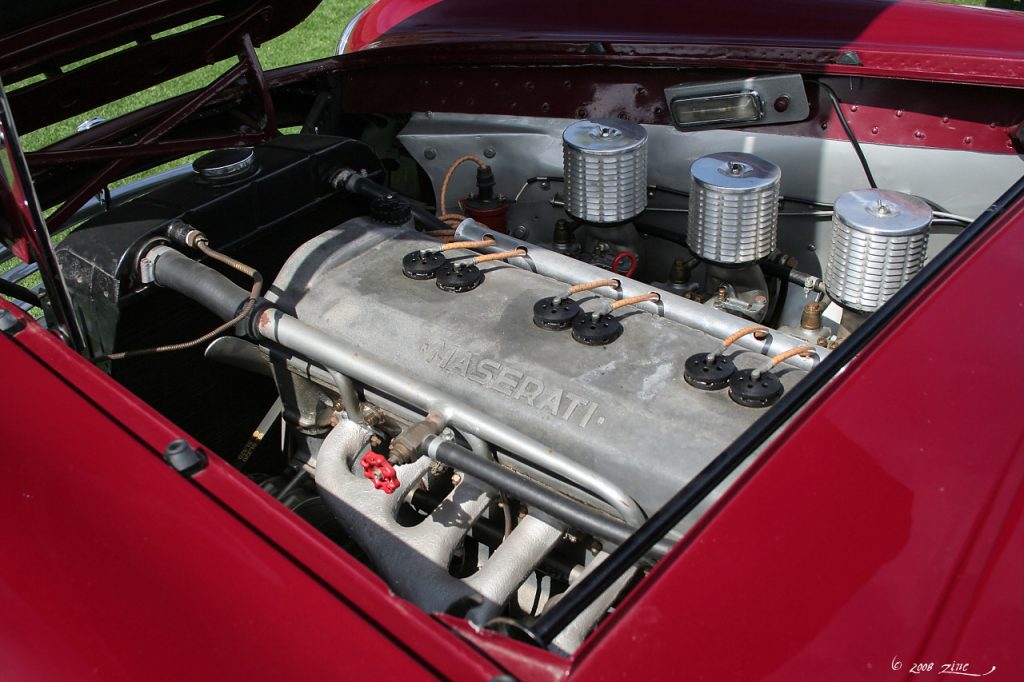
5. Maserati A6 straight-six
The Maserati A6 family of straight-six engines was developed from the supercharged pre-war racing engine found in the Maserati 6CM single-seater. The 1.5-litre 6CM straight-six evolved into the naturally aspirated 65bhp A6 TR that appeared in the 1947 A6 1500 Pinin Farina road car.
Several Maserati road cars used updated versions of the A6 straight-six, but it was its usage in Juan Manuel Fangio’s legendary Maserati 250F Grand Prix car that gained it the most notoriety. The Gioacchino Colombo-developed 2.5-litre version found in the 250F produced 220bhp and won on its debut at the 1954 Argentine Grand Prix, and later, the championship.

6. Alfa Romeo Busso V6
Giuseppe Busso’s eponymous V6 is perhaps the most celebrated engine Alfa Romeo has ever produced. Developed from the success of the Twin-Cam the Busso V6 finally entered production in 1979 under the bonnet of the Alfa Romeo 6 after the oil crisis delayed its planned release six years earlier.
It was worth the wait. The Busso V6 came with a forged, fully counterweighted crankshaft, cast pistons and forged conrods and was externally balanced using the flywheel and an offset weight crank pulley. It also featured two valves per cylinder, six carburettors and a single, belt-driven camshaft per cylinder bank.
Advancements in fuel-injection technology heralded the release of a Bosch L-Jetronic-equipped version appearing in the GTV6, and from there it was used in the 90, 75, 164, SZ, RZ and GTV. Production went on until the 2002 with the release of the notoriously lairy 156 GTA in Bussone (Big Busso) 3.2-litre 247bhp form.
Nicknamed Aresse’s Violin, the Busso produced one of the most distinctive and inspiring engine notes produced by any internal-combustion engine.
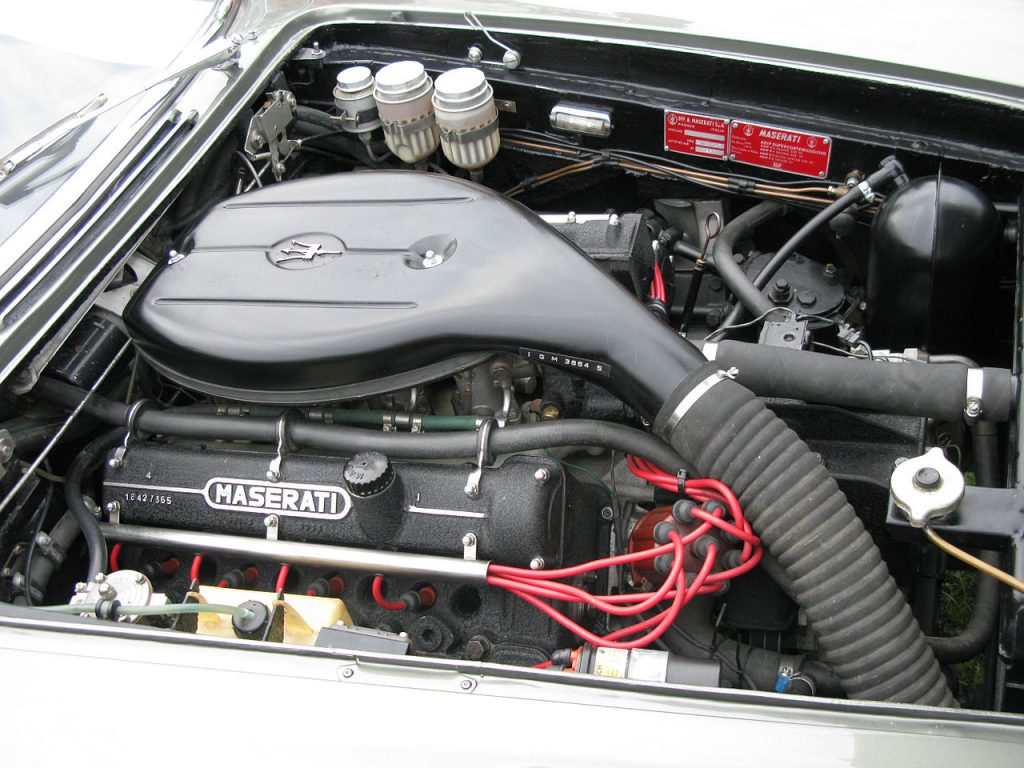
7. Maserati Tipo 107 V8
This magnificent quad-overhead-cam V8 was the signature of most of Maserati’s greatest models from the ‘60s and ‘70s. The Tipo 107 was an evolution of the 4.5-litre V8 that powered the stunning 450S racing car and was first used in the Tipo 107 Quattroporte road car. This was followed by the Tipo 112 Mexico, Tipo 116 Indy and Tipo 117 Bora, Kyalami and Quattroporte III.
In standard form, the naturally aspirated 4.2-litre Tipo 107 V8 produced 290bhp at 5000rpm, with later 4.7 and 4.9-litre variants producing 290bhp and 280bhp respectively.

8. Alfa Romeo 690T V6
Developed from the twin-turbocharged Ferrari F154 V8 found in the California T, the Alfa Romeo 690T V6 is Turin’s current flagship engine found in the Giulia Quadrifoglio, Giulia GTA/GTAm and Stelvio Quadrifoglio.
The 2.9-litre 690T V6 has the same bore, stroke and 90-degree V-angle as the Ferrari F154 V8, and produces either 503bhp or 533bhp depending on its state of tune. The 690T has been hailed by the motoring press for its keenness to rev and top-end power output despite the presence of turbochargers. Maserati’s new Nettuno V6 fitted to the MC20 supercar shares much of its architecture with the 690T.
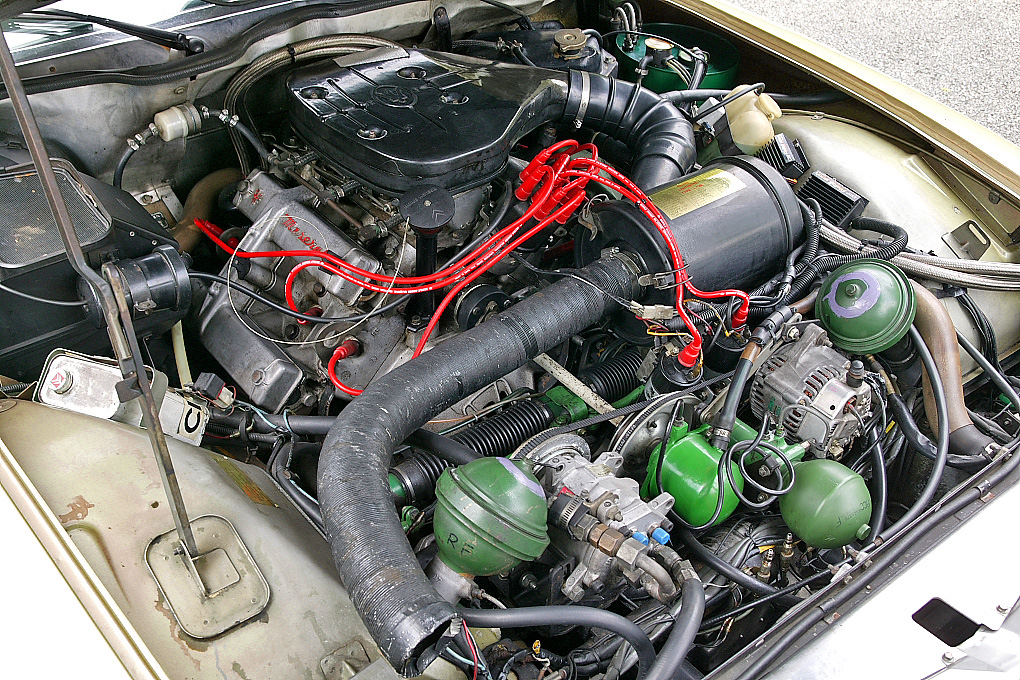
9. Maserati Tipo C114 V6
The Tipo C114’s release in 1970 came about following Citroën’s purchase of Maserati in 1967. The French manufacturer bought the Casa del Tridente with the objective of creating an engine source for its flagship models.
Consequently, the Tipo C114 promptly found its way under the bonnet of the second series of the Robert Opron-designed Citroën SM for the European market. The engine was also used in the Maserati Merak and was lauded for its compactness, light 140kg all-alloy construction, impressive 188bhp power output and exhilarating sound. The C114 was produced for four years from 1970 to 1974.

10. Alfa Romeo Twin Spark inline-four
Incredibly, Alfa Romeo’s Twin Spark technology can trace its origins back to the ALFA 40/60 Grand Prix car of 1914. The premise of the Twin Spark system revolves around the idea of fitting each combustion chamber with dual ignition sources for more efficient combustion of the air-fuel mixture.
The Alfa Romeo Twin Spark engine first emerged commercially in 1986 as an eight-valve 2.0-litre four-cylinder used in the 75 saloon. The 75 engine’s Twin Spark technology allowed for the fitment of larger intake valves for more power, yielded a smoother-running engine at partial throttle and produced better combustion. The combination of Alfa’s patented variable valve timing and Bosch Motronic fuel injection ensured the new engine was an immediate triumph.
The success of the 75’s Twin Spark engine was followed with a spate of 16-valve Twin Spark engines that were used in various Alfa Romeo models until the Twin Spark was superseded by the short-lived JTS engine in 2010. Later Twin Spark engines were aimed more at efficiency than outright performance, but were still remarkably smooth and loved by Alfisti around the world.
